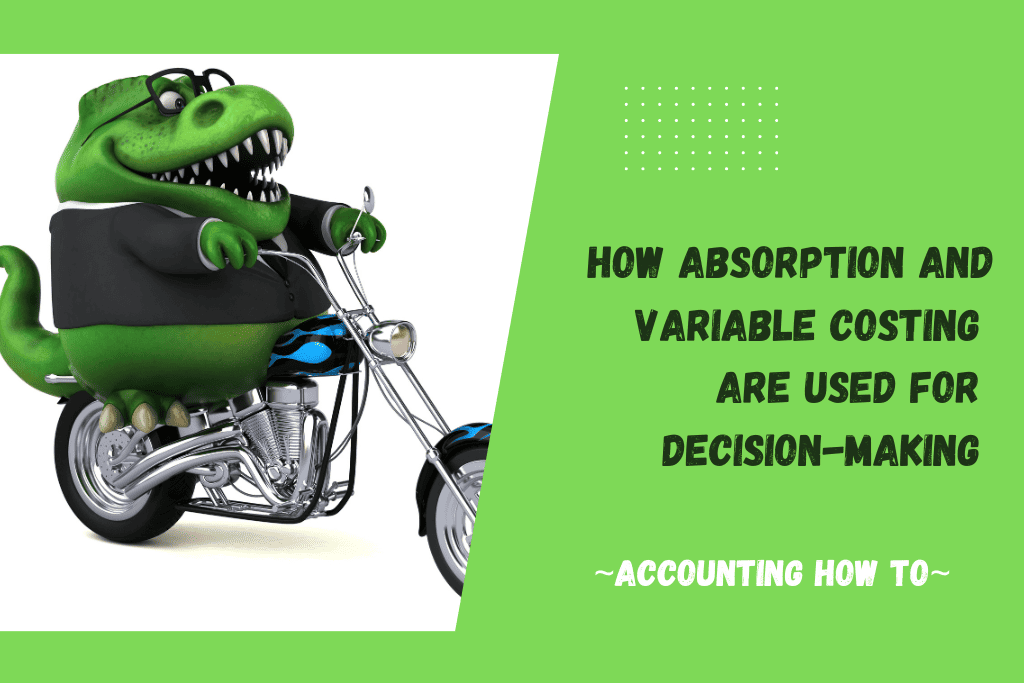Absorption costing and variable costing are two different approaches to allocating manufacturing costs to products. They have distinct implications for decision-making, particularly in relation to inventory valuation and cost behavior analysis.
Let’s explore how absorption and variable costing are used for decision-making:
- Absorption Costing: Absorption costing allocates both variable and fixed manufacturing costs to products. Under absorption costing, fixed manufacturing costs are included in the cost of each unit produced. This results in higher inventory valuations and a portion of fixed costs being deferred in inventory until the products are sold.
- Decision-Making Implications:
- Profitability Analysis: Absorption costing provides a comprehensive view of product costs by incorporating fixed manufacturing costs. It helps determine the profitability of products by considering all costs associated with production.
- Pricing Decisions: Absorption costing considers both variable and fixed costs, making it suitable for setting prices that cover the full cost of production, including a portion of fixed costs.
- Inventory Valuation: Absorption costing is required for external financial reporting as it complies with generally accepted accounting principles (GAAP). It values inventory at full absorption cost, including both variable and fixed manufacturing costs.
- Variable Costing: Variable costing only allocates variable manufacturing costs to products. Fixed manufacturing costs are treated as period costs and are expensed in the period incurred. Therefore, under variable costing, fixed costs do not become part of the inventory value.
- Decision-Making Implications:
- Cost Behavior Analysis: Variable costing allows for a clearer analysis of cost behavior. Fixed costs are separated from the cost of goods sold and treated as a separate expense category, providing a better understanding of cost variations in response to changes in production or sales volumes.
- Contribution Margin: Variable costing focuses on the contribution margin, which is the difference between sales revenue and variable costs. This helps assess the profitability of products and make decisions regarding product mix and resource allocation.
- Decision-Making Focus: Variable costing is often used for internal management decision-making, as it emphasizes the direct costs of production and provides information that is helpful in short-term decision-making processes.
The choice between absorption costing and variable costing depends on the intended use of the information and the specific needs of decision-makers. Absorption costing is generally required for external financial reporting and tax purposes, while variable costing is more commonly used for internal management purposes, such as cost analysis, pricing decisions, and short-term decision-making.

